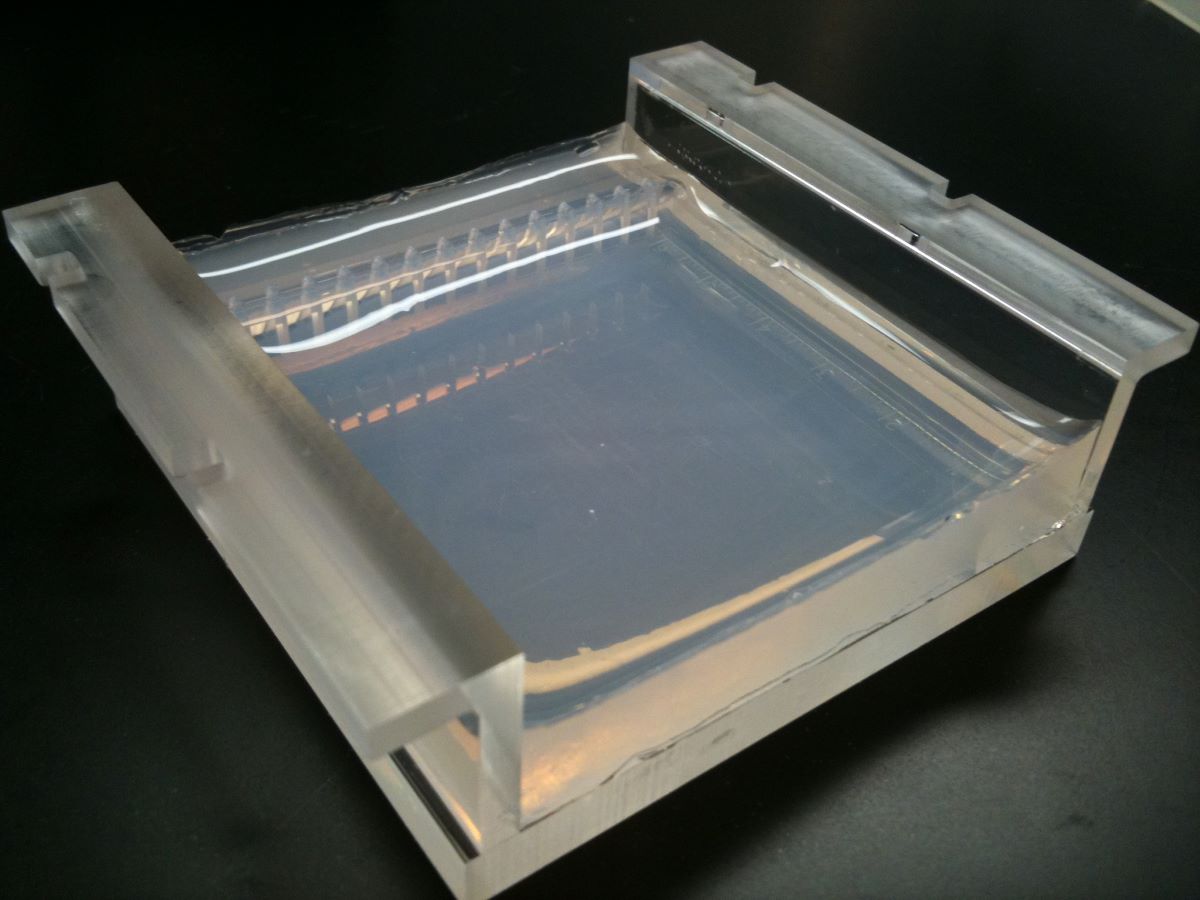

Articles
How To Store Agarose Gel
Modified: December 7, 2023
Learn how to properly store agarose gel and keep it in optimal condition for your experiments. Read our articles for helpful tips and guidelines.
(Many of the links in this article redirect to a specific reviewed product. Your purchase of these products through affiliate links helps to generate commission for Storables.com, at no extra cost. Learn more)
Introduction
Welcome to this comprehensive guide on how to store agarose gel. Agarose gel is commonly used in molecular biology laboratories for DNA and RNA analysis through gel electrophoresis. To ensure the longevity and quality of the gel, proper storage is essential.
In this article, we will walk you through the process of storing agarose gel step by step. We will cover the materials and equipment needed, the preparation of the gel, loading the samples, the electrophoresis process, staining, visualization, and finally, the storage of the gel.
By following these guidelines, you can be confident that your agarose gel will remain stable and ready for future analysis, preserving your valuable samples and ensuring accurate results.
So, let’s get started with the materials and equipment required for the storage of agarose gel.
Key Takeaways:
- Proper storage of agarose gel is essential for maintaining DNA and RNA sample integrity, ensuring accurate results in molecular biology experiments.
- Staining, visualization, and careful storage at 4°C are crucial for preserving agarose gel and DNA or RNA samples for future analysis.
Read more: How To Store Flaxseed Gel
Materials and Equipment
Before we dive into the process of storing agarose gel, let’s gather the necessary materials and equipment. Having everything ready will make the storage process smoother and more efficient.
Here are the materials and equipment you will need:
- Agarose gel – Make sure the gel is properly prepared and ready for storage.
- Gel electrophoresis chamber – This is a container that holds the gel during the electrophoresis process.
- Gel comb – Used to create wells in the gel for loading samples.
- Power supply – Provides the electrical current for gel electrophoresis.
- Gel loading buffer – A solution that helps to visualize the DNA or RNA samples during electrophoresis.
- DNA ladder – Used as a reference for determining the size of DNA fragments.
- Staining agent – A dye that binds to DNA or RNA for visualization purposes.
- UV transilluminator – A device that emits UV light to visualize the stained DNA or RNA bands.
- Plastic wrap or cling film – Used to cover the gel during storage.
- Sealable plastic bag or container – Ideally, use a container that is specifically designed for agarose gel storage.
Make sure all the equipment is clean and in good working condition. Contamination can affect the integrity of the gel during storage.
Now that we have gathered the materials and equipment, let’s move on to the preparation of the agarose gel for storage.
Preparation of Agarose Gel
Proper preparation of the agarose gel is crucial to ensure optimal storage conditions. Here, we will guide you through the steps to prepare the gel for storage:
- Start by preparing the agarose gel according to your specific protocol. This typically involves dissolving agarose powder in a buffer solution, such as TAE or TBE.
- Once the agarose powder is completely dissolved, carefully pour the gel mixture into a gel electrophoresis chamber. Ensure that the gel is level and free of any air bubbles.
- Insert a gel comb into the gel to create wells for sample loading. Ensure that the comb is properly positioned, and the teeth reach the desired depth.
- Allow the gel to solidify completely. This usually takes around 30-45 minutes, depending on the concentration of agarose used.
- After the gel has solidified, carefully remove the gel comb by gently pulling it straight up. Be careful not to disturb the wells and maintain the integrity of the gel.
- Now that the gel is ready, proceed with loading your DNA or RNA samples into the wells. Use a gel loading buffer to aid in sample visualization and ensure accurate results.
- Once all the samples are loaded, connect the gel electrophoresis chamber to a power supply. Set the appropriate voltage and run the electrophoresis for the desired amount of time, following your specific protocol.
- After electrophoresis is complete, carefully remove the gel from the chamber. Handle the gel with clean gloves or forceps to avoid contamination.
- Place the gel on a UV transilluminator and visualize the DNA or RNA bands using a staining agent. Take a picture or document the results for future reference.
- Now that the gel has been analyzed, it is important to follow proper storage procedures to maintain its quality. Let’s explore the process of storing agarose gel in the next section.
By following these steps, you can ensure that your agarose gel is prepared properly and ready for storage. Let’s move on to the next section to learn about loading the samples onto the gel.
Loading the Samples
Now that you have successfully prepared the agarose gel, it’s time to load your DNA or RNA samples onto the gel. Follow these steps carefully to ensure accurate and efficient loading:
- Prepare your DNA or RNA samples by mixing them with a gel loading buffer. The loading buffer helps to visualize the samples during electrophoresis.
- Carefully pipette the sample-buffer mixture into the wells of the agarose gel. Make sure not to spill or cross-contaminate the samples while loading.
- Load a DNA ladder into one of the wells. The DNA ladder serves as a reference for determining the size of the DNA fragments in your samples.
- Ensure that each well is loaded with an appropriate volume of sample. Overloading or underloading the wells can affect the accuracy of the results.
- Double-check the orientation of the gel. It is crucial to load the samples into the correct wells.
- Once all the samples and the ladder are loaded, remove any excess liquid from the top of the gel using a pipette or absorbent tissue.
- Secure the gel with the lid or cover of the gel electrophoresis chamber to prevent gel dehydration during electrophoresis.
- Connect the gel chamber to a power supply and start the electrophoresis process following your specific protocol. Ensure that the correct voltage is set and the time is appropriate for the intended separation.
- Monitor the progress of the electrophoresis run to ensure that the DNA or RNA bands are migrating properly. Adjust the voltage or running time if necessary.
- Once the electrophoresis is complete and the bands have sufficiently separated, carefully remove the gel from the chamber.
Now that you have successfully loaded the samples onto the agarose gel and completed the electrophoresis run, it’s time to move on to the next step: staining and visualization.
After running an agarose gel, store it in a sealed plastic bag with a damp paper towel to prevent it from drying out. Keep it in the refrigerator to maintain its integrity.
Electrophoresis
Electrophoresis is a crucial step in analyzing DNA or RNA samples in agarose gel. It involves the separation of biomolecules based on their size and charge using an electrical current. Follow these steps to ensure an effective electrophoresis process:
- Once the electrophoresis run is complete and the gel has been removed from the chamber, disconnect the power supply.
- Carefully remove the gel from the gel electrophoresis chamber, taking care not to break or damage the gel.
- Place the agarose gel on a UV transilluminator and visualize the DNA or RNA bands using a suitable staining agent. Follow the staining agent’s instructions for optimal results.
- Gently rinse the gel with distilled water to remove excess staining solution and minimize background noise.
- Document the stained gel by capturing a photograph or by carefully drawing the band patterns visible under UV light.
- If required, quantify the intensity of the DNA or RNA bands using image analysis software or densitometry.
- If further analysis or documentation is necessary, carefully excise the desired DNA or RNA bands from the gel using a clean scalpel or gel-cutting tool.
- Transfer the excised gel bands to a suitable container for downstream applications such as DNA or RNA purification, amplification, or sequencing.
- Dispose of the agarose gel and any contaminated materials properly following the waste disposal regulations of your institution or laboratory.
- Clean the gel electrophoresis chamber thoroughly to remove any residual agarose gel, staining solution, or debris.
By following these steps, you can ensure a successful electrophoresis process and obtain accurate results from your agarose gel analysis. Now let’s move on to the next step: staining and visualization.
Read more: How To Store Gel Pens
Staining and Visualization
Staining and visualization are essential steps in agarose gel analysis as they allow us to visualize the separated DNA or RNA bands. Follow these steps to effectively stain and visualize your agarose gel:
- Choose a suitable staining agent based on the nature of the nucleic acid you are analyzing. Commonly used staining agents include ethidium bromide, SYBR Green, and GelRed.
- Prepare the staining solution according to the manufacturer’s instructions. Typically, you will need to dilute the staining agent in a buffer solution such as TAE or TBE.
- Carefully place the agarose gel on a UV transilluminator, ensuring that the side with the DNA or RNA bands faces up.
- Pour enough staining solution onto the gel, making sure that all the bands are completely covered. Use a plastic pipette or a pipette tip with the end cut off to prevent contamination.
- Allow the staining solution to soak into the gel for the recommended duration, typically around 15 to 30 minutes.
- After staining, carefully remove the excess staining solution from the gel using a pipette or absorbent tissue.
- Switch on the UV transilluminator and position the gel just above the surface. Turn off the room lights and visualize the DNA or RNA bands under UV light.
- Capture a photograph of the gel using a camera or use imaging software to document the bands. If necessary, adjust the contrast and brightness of the image to enhance visibility.
- Take measurements or calculate the size of the bands using a DNA ladder as a reference. This will help determine the size of the DNA or RNA fragments in your samples.
- For gel documentation, carefully label the gel along with the necessary information such as sample names, date, and any relevant details.
- Dispose of the stained agarose gel properly according to your laboratory’s waste disposal guidelines.
By following these steps, you can effectively stain and visualize your DNA or RNA bands in the agarose gel. Now that you have completed the staining and visualization process, let’s move on to the final step: storage of the agarose gel.
Storage of Agarose Gel
Proper storage of agarose gel is crucial for maintaining its integrity and preserving the DNA or RNA samples for future analysis. Follow these guidelines to ensure optimal storage conditions:
- Before removing the gel from the UV transilluminator, carefully note the position of the DNA or RNA bands and mark them on the gel with a non-toxic marker. This will help in identifying the bands during subsequent analysis.
- Gently remove the gel from the UV transilluminator and place it on a clean, flat surface. Avoid touching the gel surface with bare hands to prevent contamination.
- Wrap the gel tightly with plastic wrap or cling film to protect it from drying out and to prevent any dust or contaminants from settling on the surface.
- Place the wrapped gel in a sealable plastic bag or container designed for agarose gel storage. The container should be labeled with relevant information such as the date, sample information, and any specific storage conditions.
- Store the gel at a temperature of 4°C to maintain its stability and prolong its shelf life. Avoid freezing the gel as it can lead to structural changes and DNA or RNA degradation.
- Regularly check the gel during storage to ensure that there is no microbial growth, mold, or degradation. If any signs of deterioration are observed, it is advisable to discard the gel and repeat the experiment if necessary.
- Consider making a duplicate copy of the gel in case of any mishap during storage or future analysis.
- Keep a record of the gel in a lab notebook or electronic database, including details such as the gel concentration, sample information, staining and visualization results, and any relevant observations.
- Follow the storage guidelines provided by the manufacturer of the specific agarose gel to ensure optimum preservation and longevity.
- If you need to transport the gel, take precautions to prevent any movement or damage. Place the gel in a secure and insulated container, ensuring that it remains at the appropriate temperature during transit.
- Dispose of the stored agarose gel properly according to the waste disposal regulations of your institution or laboratory.
By following these storage guidelines, you can ensure the longevity and quality of your agarose gel for future analysis and experimentation.
Now that you have learned how to store agarose gel, you are ready to apply this knowledge in your laboratory practices
Conclusion
In conclusion, proper storage of agarose gel is crucial for maintaining the integrity of the DNA or RNA samples and ensuring accurate results in molecular biology experiments. By following the guidelines outlined in this article, you can effectively store agarose gel and preserve your valuable samples for future analysis.
Starting with gathering the necessary materials and equipment, including agarose gel, gel electrophoresis chamber, and staining agents, you set the foundation for successful storage. The proper preparation of the gel, loading of the samples, and executing the electrophoresis process are essential steps in achieving accurate and reliable results.
Staining and visualization allow you to clearly visualize the DNA or RNA bands in the agarose gel. By utilizing suitable staining agents and capturing high-quality images of the gel, you can document the results and analyze the DNA or RNA fragments present in your samples.
Finally, the storage of agarose gel requires careful wrapping, protection from drying out, and maintenance of a consistent temperature. By adhering to the recommended storage conditions, such as keeping the gel at 4°C and regularly monitoring for any signs of degradation, you can ensure the longevity and stability of the gel and the DNA or RNA samples stored within it.
Remember to label and document the gel properly, keeping a record of essential information. And, when the time comes to dispose of the gel, follow the waste disposal guidelines of your institution or laboratory.
By following these guidelines, you can confidently store agarose gel, maintaining the integrity of your samples and ensuring accurate and reliable results for your molecular biology experiments. Proper storage practices will save you time, effort, and resources in the long run, allowing you to build on your research and achieve new discoveries in the field of molecular biology.
Now that you have acquired the knowledge on how to store agarose gel, apply it in your laboratory practices and ensure the quality of your DNA or RNA samples for future experiments and analysis.
Frequently Asked Questions about How To Store Agarose Gel
Was this page helpful?
At Storables.com, we guarantee accurate and reliable information. Our content, validated by Expert Board Contributors, is crafted following stringent Editorial Policies. We're committed to providing you with well-researched, expert-backed insights for all your informational needs.


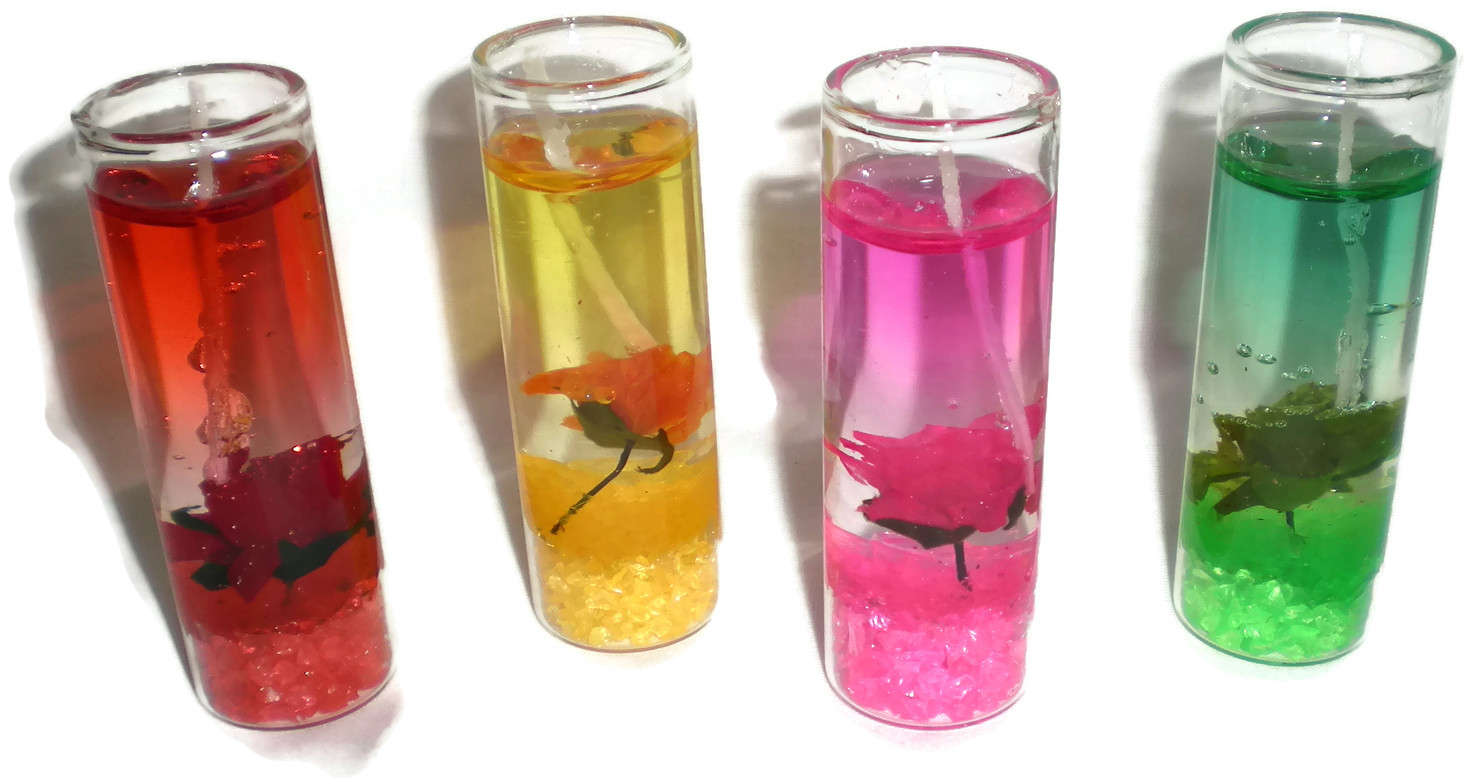

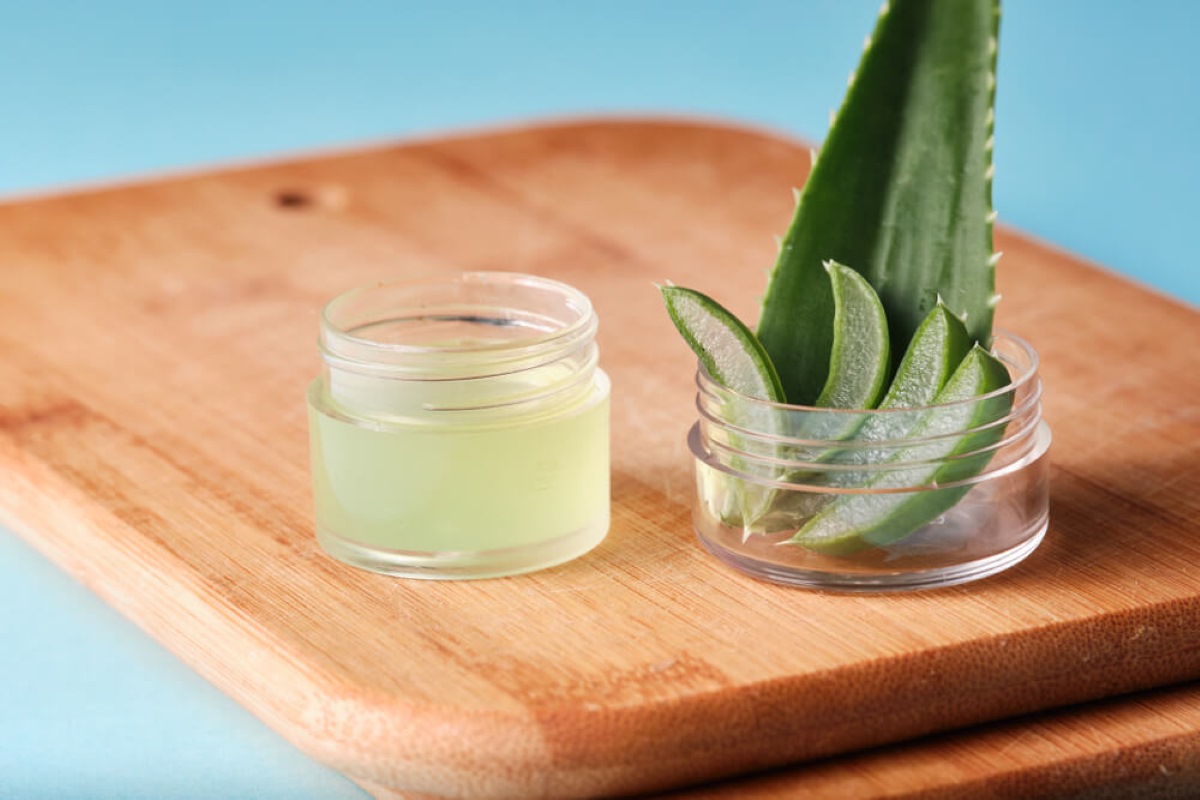

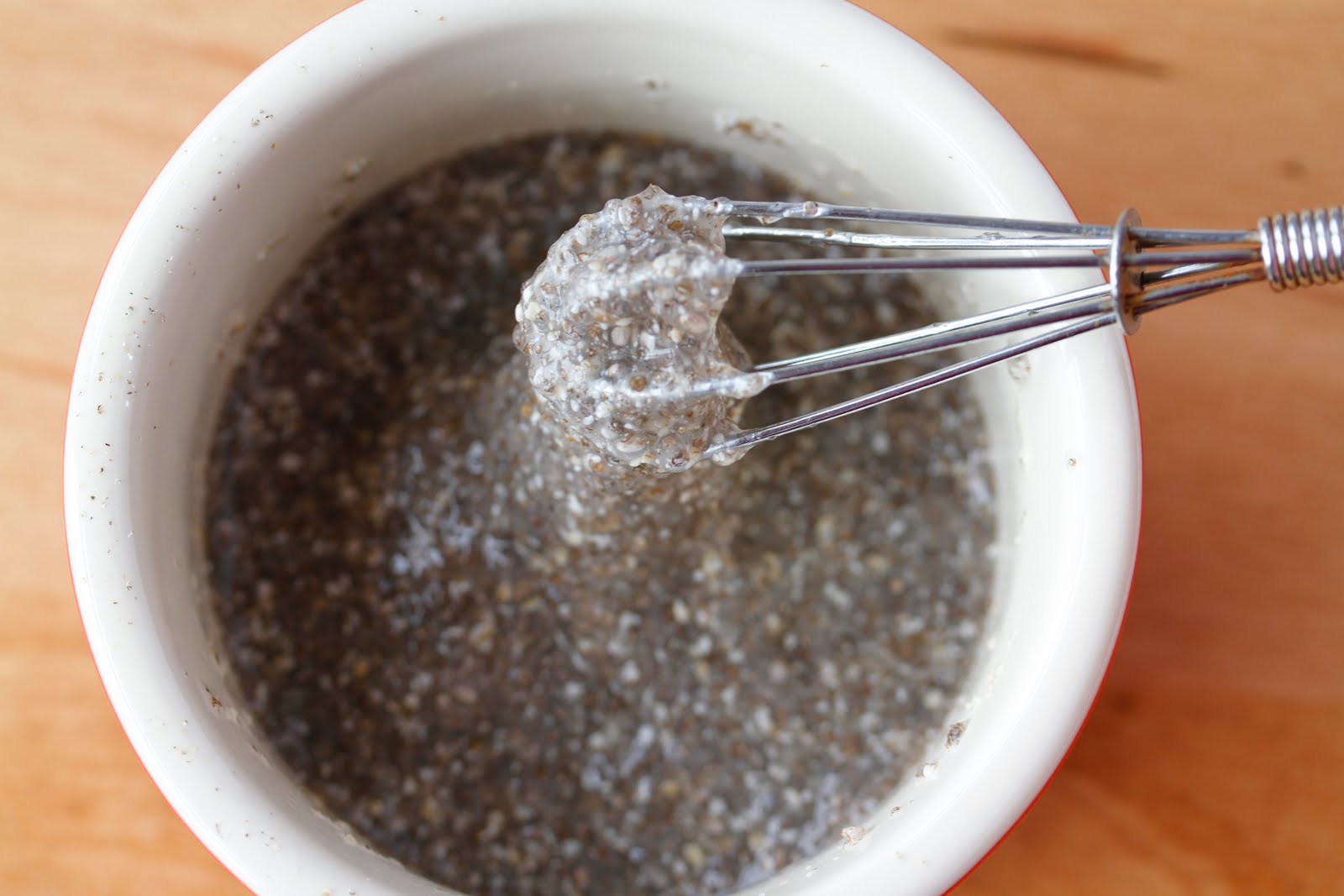

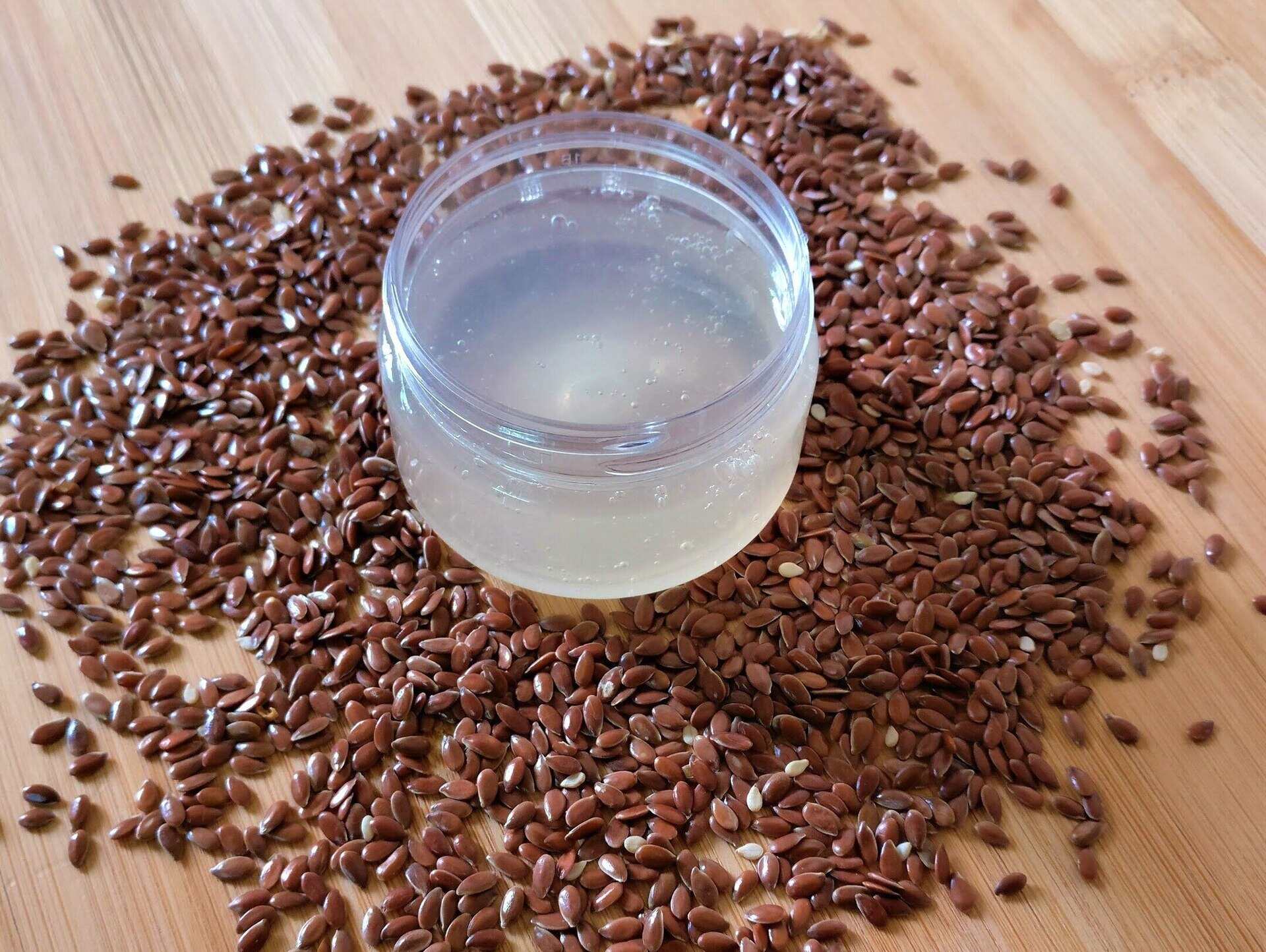


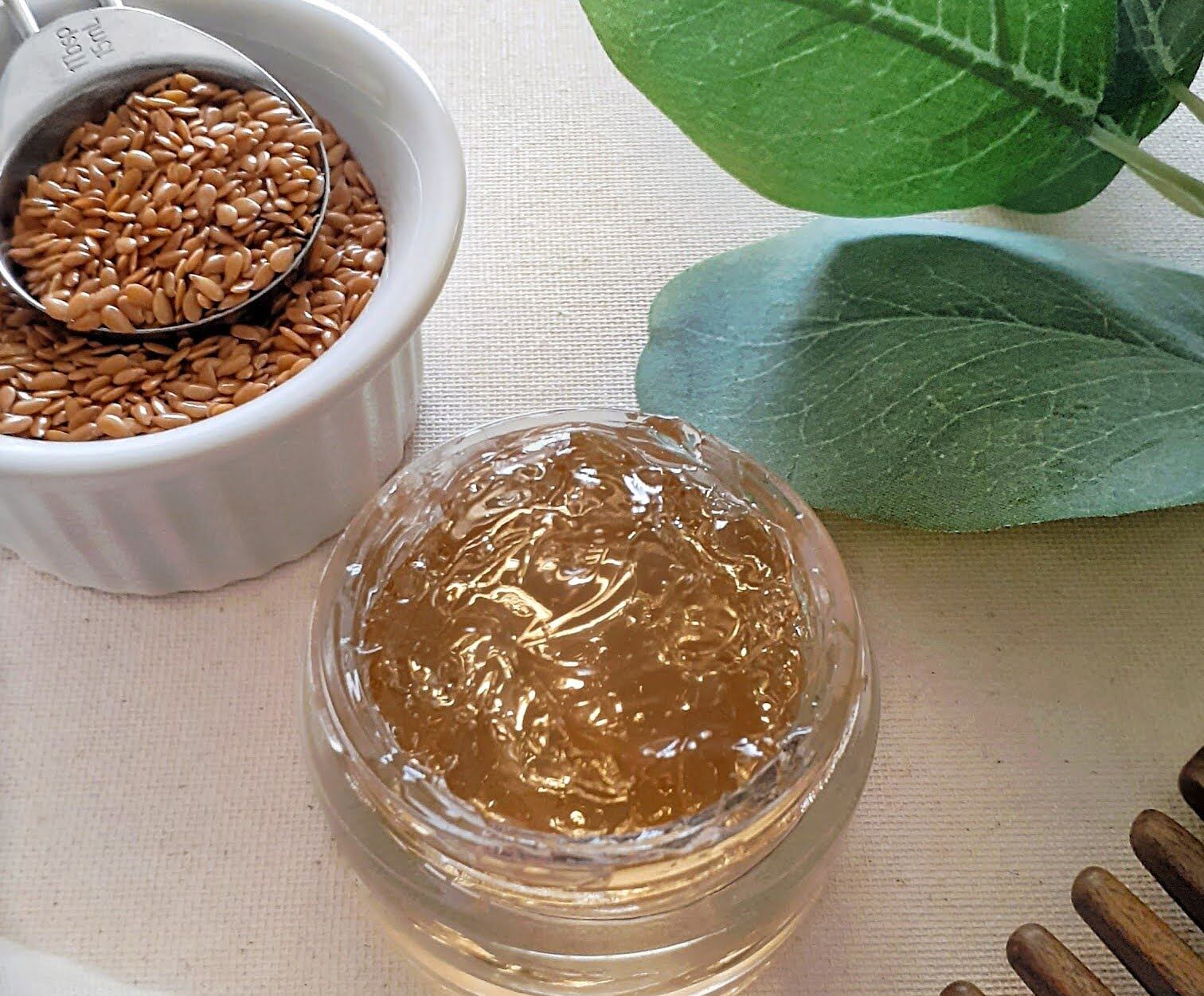
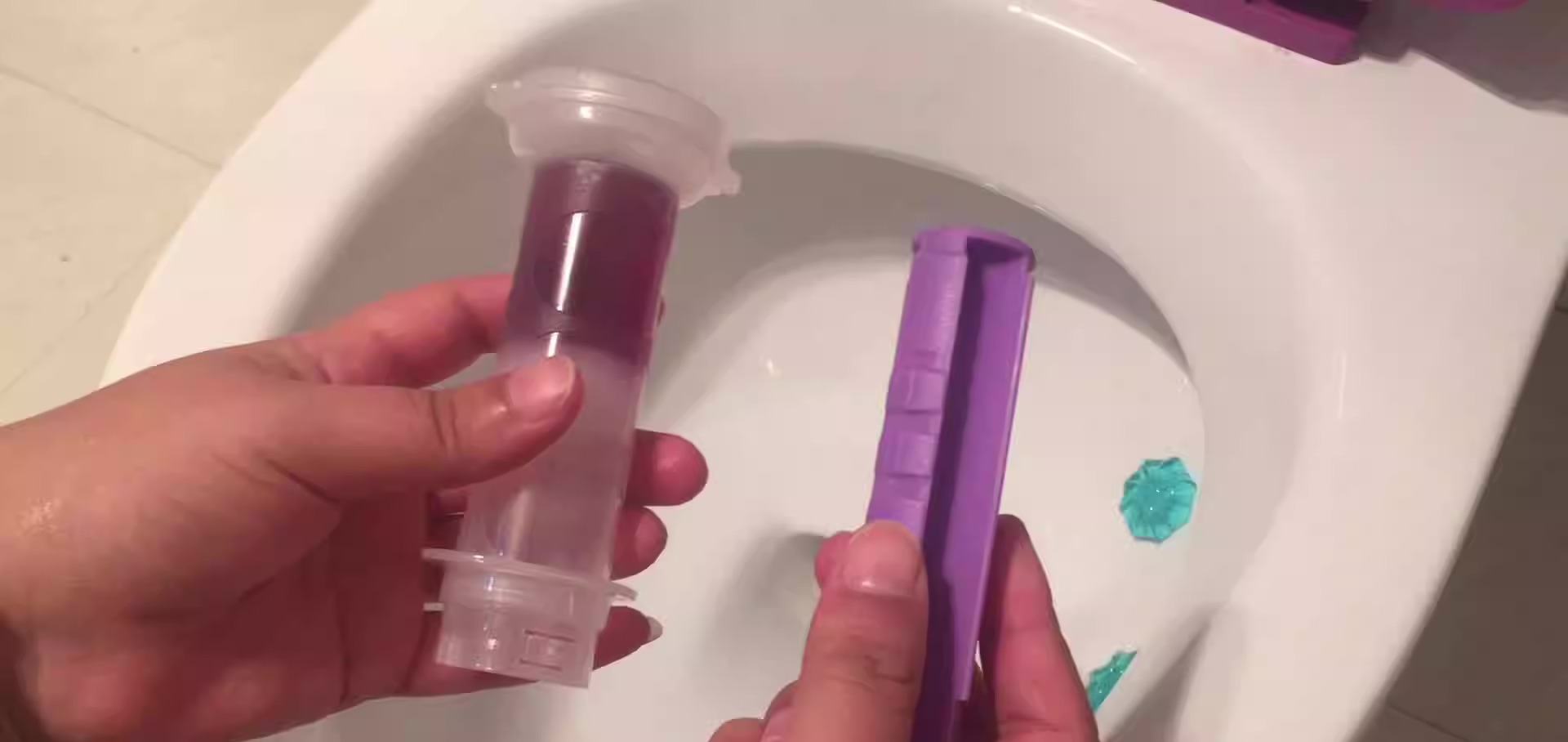


0 thoughts on “How To Store Agarose Gel”